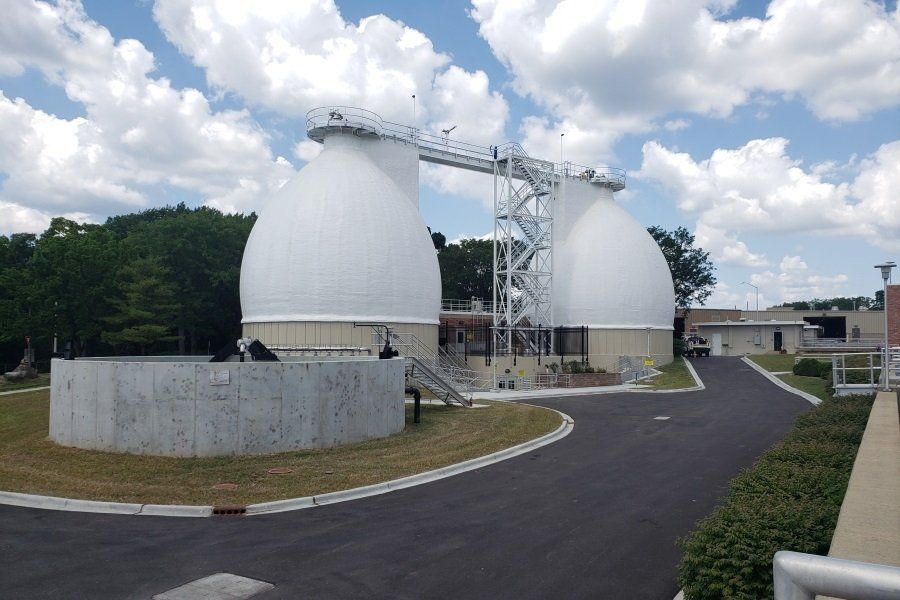Corporate Office
40W201 Wasco Road, Suite D
St. Charles, IL 60175
Phone: 630.587.0470
Fax: 630.587.0475
St. Charles - 2017 P-Removal and Digester Improvements
The City of St. Charles owns and operates a sanitary sewer collection system and two wastewater treatment facilities: The Main Wastewater Treatment Facility and the West Side Water Reclamation Facility. The collection system tributary to the Main Wastewater Treatment Facility (Main WWTF) consists of approximately 152 miles of sanitary sewers, 5 miles of force main and 13 lift stations. The Main WWTF is located at the Public Works Facility, 1405 S. 7th Avenue on the eastern shore of the Fox River. The treatment facility has a design average treatment capacity of 9 million gallons per day (MGD). The facility generally serves the community’s wastewater needs east of Randall Road and discharges to the Fox River. The facility provides preliminary, primary, and secondary treatment for flows received from the tributary communities to meet strict effluent water quality requirements before discharging to the Fox River.
Trotter and Associates completed the Facility Plan and Phosphorus Removal Feasibility Study for the Main WWTF in 2015. The analysis recommended implementation of an A2O process to address the phosphorus limit and future Total Nitrogen requirements, a chemical feed system for polishing, a chemical buffering system for struvite prevention, and a primary sludge fermenter for enhanced BPR.
The Facility Plan also identified the need for a Digester Improvements project. The existing anaerobic digesters were constructed in 1989. The previous digested sludge storage tank was constructed in 1951 and repurposed multiple times. The Facility Plan recommended rehabilitation of the anaerobic digesters and replacement of the digested sludge storage tank. It was further recommended that the project be completed jointly with the Phosphorus Removal Project to expedite the completion schedule and minimize disruption to treatment facility operations.
Performing both projects in parallel led to process disruption throughout the plant. The contractor, engineering team, and City staff were in constant communication regarding shutdowns of various processes throughout the plant. Digestion was required throughout construction. Therefore, only one of the egg-shaped digesters could be emptied at a time for rehabilitation. After completion of the first digester, sludge was transferred to it so the second digester could be rehabilitated. Additionally, for the biological process work only 2 of the 8 process basins could be emptied at a time to maintain permit compliance. City staff worked with the engineer and contractor throughout construction to maintain permit compliance when a large percentage of their biological process was not available.
The project was completed in July 2019, and through teamwork, constant coordination, and the dedication of all parties, the project was completed within 1.1% of the bid price, and below the original estimate for the two separate projects.
CORPORATE OFFICE
© Trotter & Associates, Inc.
CORPORATE OFFICE
© Trotter & Associates, Inc.

